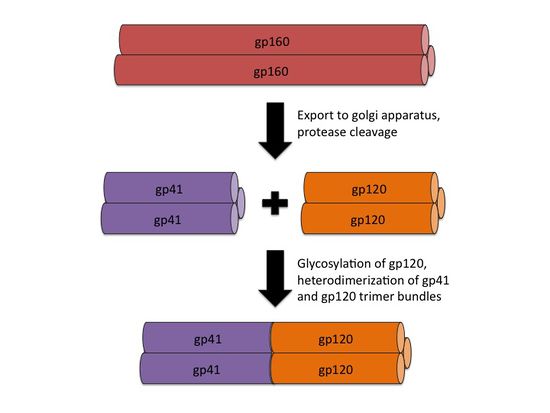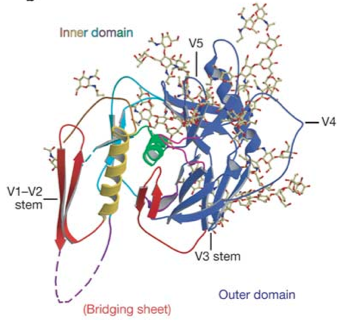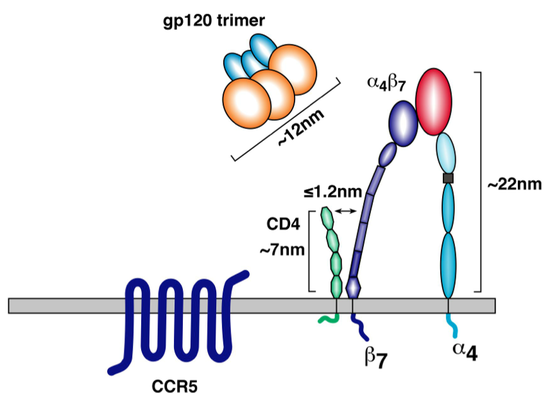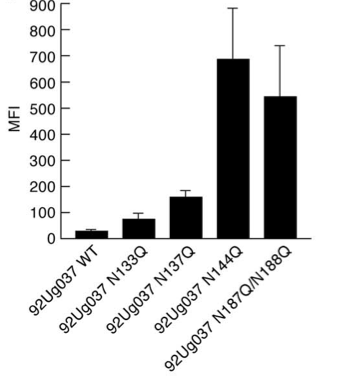HIV Envelope and Cell Fusion: Difference between revisions
| Line 29: | Line 29: | ||
[[File:gp120_PNG_mutations.png|thumb||550px||right|Figure X. Graph showing mean fluorescence intensity (MFI), an indicator of α4β7 binding, as a function of PNG deletions from gp120. PNG mutations were achieved by replacing the indicated asparagine residues of the V1 and V2 loops with glutamine. Image credit: Nawaz et al., 2011.]] | [[File:gp120_PNG_mutations.png|thumb||550px||right|Figure X. Graph showing mean fluorescence intensity (MFI), an indicator of α4β7 binding, as a function of PNG deletions from gp120. PNG mutations were achieved by replacing the indicated asparagine residues of the V1 and V2 loops with glutamine. Image credit: Nawaz et al., 2011.]] | ||
[[File:gp41_comparison.png|thumb||550px||right|Figure X. Diagram showing a structural comparison of the gp41 ectodomain with the envelope fusion proteins of influenza and murine leukemia virus, Mo-MLV. The high degree of conservation of the coiled coil motif is a strong indicator of its effectiveness as a fusion initiation mechanism. Image credit: Chan et al., 1997.]] | |||
[[File:|thumb||550px||right|Figure X. ]] | |||
[[File:|thumb||550px||right|Figure X. ]] | |||
[[File:|thumb||550px||right|Figure X. ]] | |||
[[File:|thumb||550px||right|Figure X. ]] | [[File:|thumb||550px||right|Figure X. ]] | ||
Revision as of 22:04, 21 April 2014
Introduction
By Ian Perrone
At right is a sample image insertion. It works for any image uploaded anywhere to MicrobeWiki. The insertion code consists of:
Double brackets: [[
Filename: PHIL_1181_lores.jpg
Thumbnail status: |thumb|
Pixel size: |300px|
Placement on page: |right|
Legend/credit: Electron micrograph of the Ebola Zaire virus. This was the first photo ever taken of the virus, on 10/13/1976. By Dr. F.A. Murphy, now at U.C. Davis, then at the CDC.
Closed double brackets: ]]
Other examples:
Bold
Italic
Subscript: H2O
Superscript: Fe3+
Introduce the topic of your paper. What microorganisms are of interest? Habitat? Applications for medicine and/or environment?
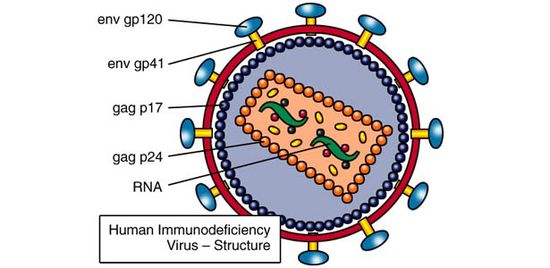
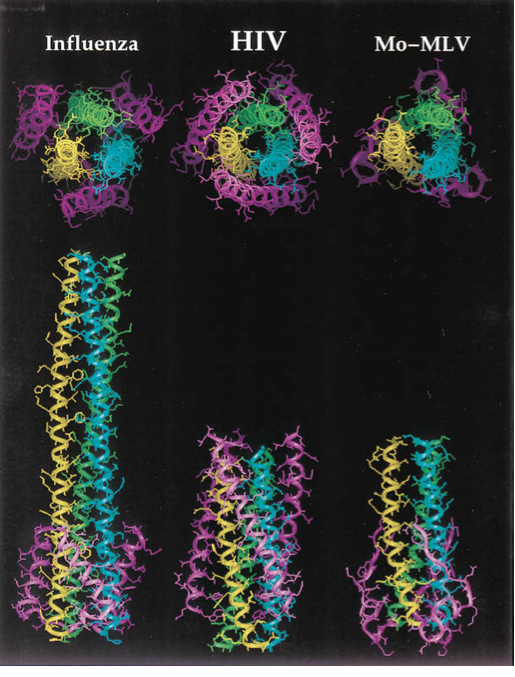
[[File:|thumb||550px||right|Figure X. ]]
[[File:|thumb||550px||right|Figure X. ]]
[[File:|thumb||550px||right|Figure X. ]]
[[File:|thumb||550px||right|Figure X. ]]
Section 1
Include some current research, with at least one figure showing data.

